
Review: ARX USB Audiboxes
Some USB additions to ARX’s range of useful audio tools.
Text:/ Graeme Hague
Way back in issue No. 1 I got to play with a bunch of ARX’s Audibox units and in case you didn’t read it, I was impressed. ARX tout these things as a kind of mini-rack of processors and signal modifiers, but I reckon they’re much more of a Swiss Army knife collection of fix-it gadgets. I’ve just done a couple of very long weekends running PAs for festivals where feral-looking people with odd instruments come up to you with all sorts of requirements… and they’re serious about it. More than once I went looking for an Audibox to help me out – but not in any rack. Audiboxes are usually lurking somewhere on the floor of the van where they’ve been crunched by a road case or two, or they’re rattling around in a milk crate. No problem, they’ll still work.
That’s the beauty of the Audibox range. ARX make them tough on the outside and the inside. They use a solid metal case, all the audio connections are fixed to the case itself rather than the circuit boards inside and where there are knobs or switches the case has a slight overhang for added protection. These things will take a beating.
THE SAME BUT DIFFERENT
The three new models reviewed here are similar, with only slight differences. What they have in common is being a straightforward audio USB interface between your computer and balanced audio. In other words, you no longer have to rely on your laptop’s headphone out for an audio link to a mixing desk or, more importantly, have to endure the dodgy audio quality they provide. These Audiboxes allow you to divert the Windows default audio device directly to them via any USB port and, even better, they do it without any device drivers required. Windows simply sees the Audibox as an ‘ARX USB’ you can select and off you go. I had a small fright when I saw no mention of Mac OSX in the instructions, but a quick visit to the ARX website assured me that it’s supported and later I saw that the pamphlet with the USB I/O (the most recently released unit of the three), also gives OSX a thumbs-up. In fact, Win 98SE will work as long as you still have the original Windows installation disk. If you do, the Smithsonian Institute wants to talk to you…
The basic model is the USB DI providing a USB input on the front with a true ground-lift switch, thanks to the isolated transformer XLR connections on the back. There’s also a small LED that flashes to confirm that a signal is being received. Output is a balanced line-level signal that’s clean and uncoloured; none of the Audiboxes add any character to the tone that I could hear, except to say they sound sort of flat since you’re bypassing any trickery offered by the onboard sound device drivers to enhance the headphone signal.
Next up is the USB DI VC, which is exactly the same thing except it also has a volume control that will attenuate the signal only– there is no boost –right down to zero. At first I was sceptical this was a useful addition, since in most PC-driven situations there are enough volume controls to deal with, right? Between your hardware mixer, whatever software you’re using and your OS’s global volume setting it’s already all a bit much… But I’d forgotten the value of having an obvious red knob you can lunge for when things get suddenly loud. Forget scrambling in panic for the mousepad and trying to click on a virtual slider. The ARX DI VC’s volume control will save the day. Plus ARX point out a more practical application of being able to connect a PC directly to powered speakers like JBL Eons and having a simple volume control to hand. See? (Slightly) greater minds than mine have been thinking this stuff through.
And finally we have the USB I/O which gives you a pair of line-level, balanced XLR inputs as well. Essentially you’ve now got a USB audio interface which can connect to any kind of preamp and deliver clean audio into your PC without any pesky drivers or the need to install some sort of ‘LE’ software first. I had a bit of trouble with Vista insisting the input was unavailable, but a restart fixed that, so we’ll blame Bill Gates for that one.
PRODUCT DETAILS
Price (RRP):
USB DI $325
USB DI VC $345
USB I/O $445
Review units supplied by Ian Ross at Audio Source:
(08) 9354 3185 or www.audiosource.com.au
Australian Distributors: The Resource Corporation
(03) 9874 5988 or www.trc.com.au
NOT HEARING ANYTHING
As a test rig for this review, I used Sony’s Sound Forge 10 as my recording interface, plugged a Rode microphone into a DBX preamp then went balanced into the USB I/O. The result was a faithful reproduction of the microphone’s signal and the rather unfortunate level of background noise the preamp causes. Never mind. Then I connected both channels of the USB I/O to a Soundcraft mixer and repeated the experiment in stereo and without the preamp being needed. Again, everything went perfectly to plan.
It’s that easy – and it’s precisely what ARX are offering. A seamless, driverless and uncoloured D/A A/D USB connection into your computer, that’s 100% reliable. What more could you ask for?
Well… I wouldn’t mind a headphone output in all three models, possible one that can be isolated from the main outputs so you can sneak in a quick monitor of your signal if need be. Without a mixing desk in your signal chain there’s no way of doing this, because using the Audibox bypasses the computer’s headphone output.
Aside from that, the sheer simplicity of these units makes them impossible to fault. They’re all bus-powered and the supplied USB cable is a decent length. Chuck in their rugged construction and you’ve got a winner. All you have to do is choose which one suits you.

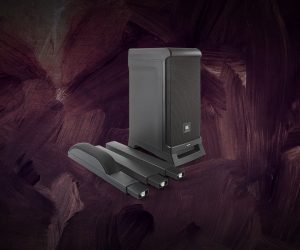

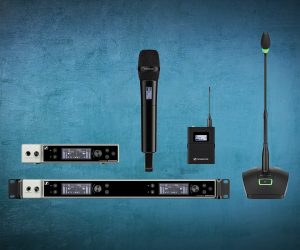

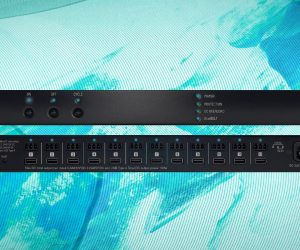
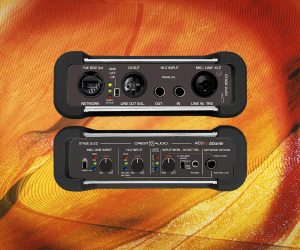
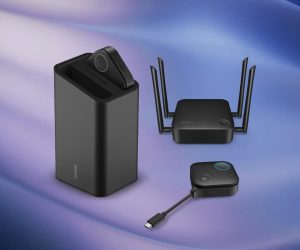

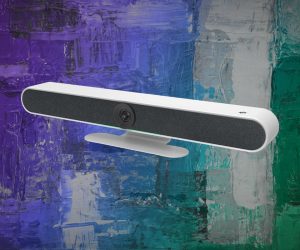
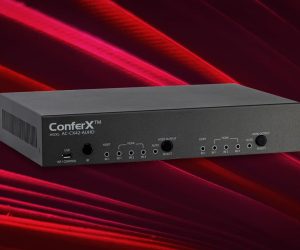
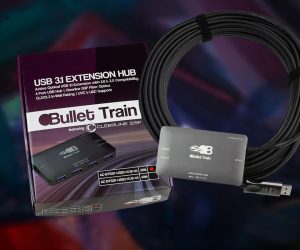
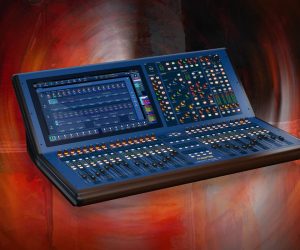


RESPONSES